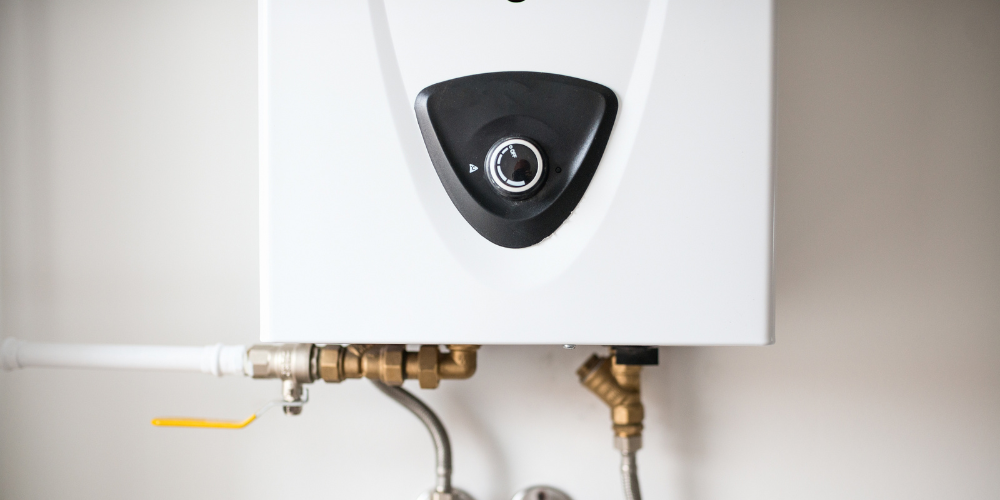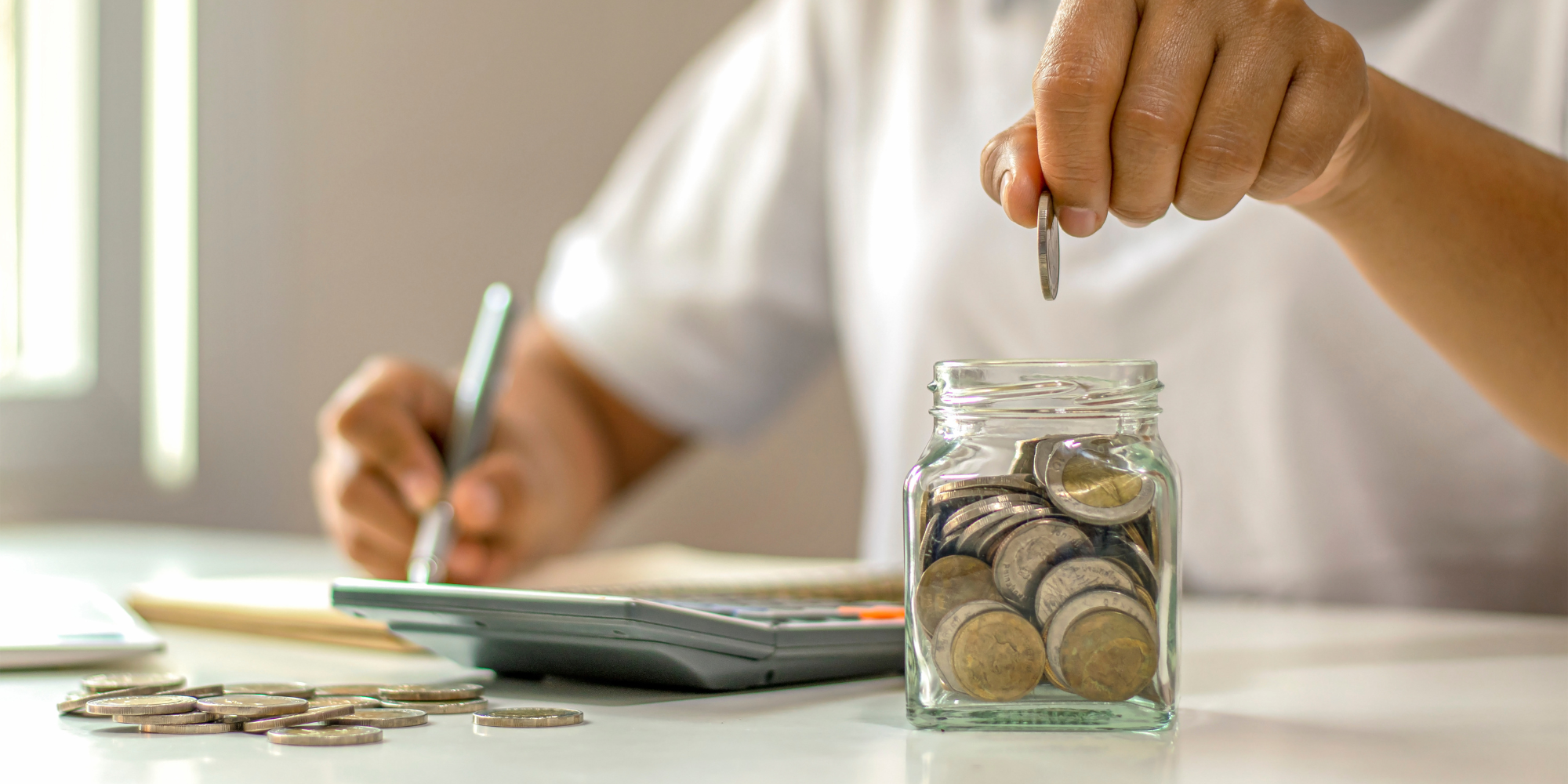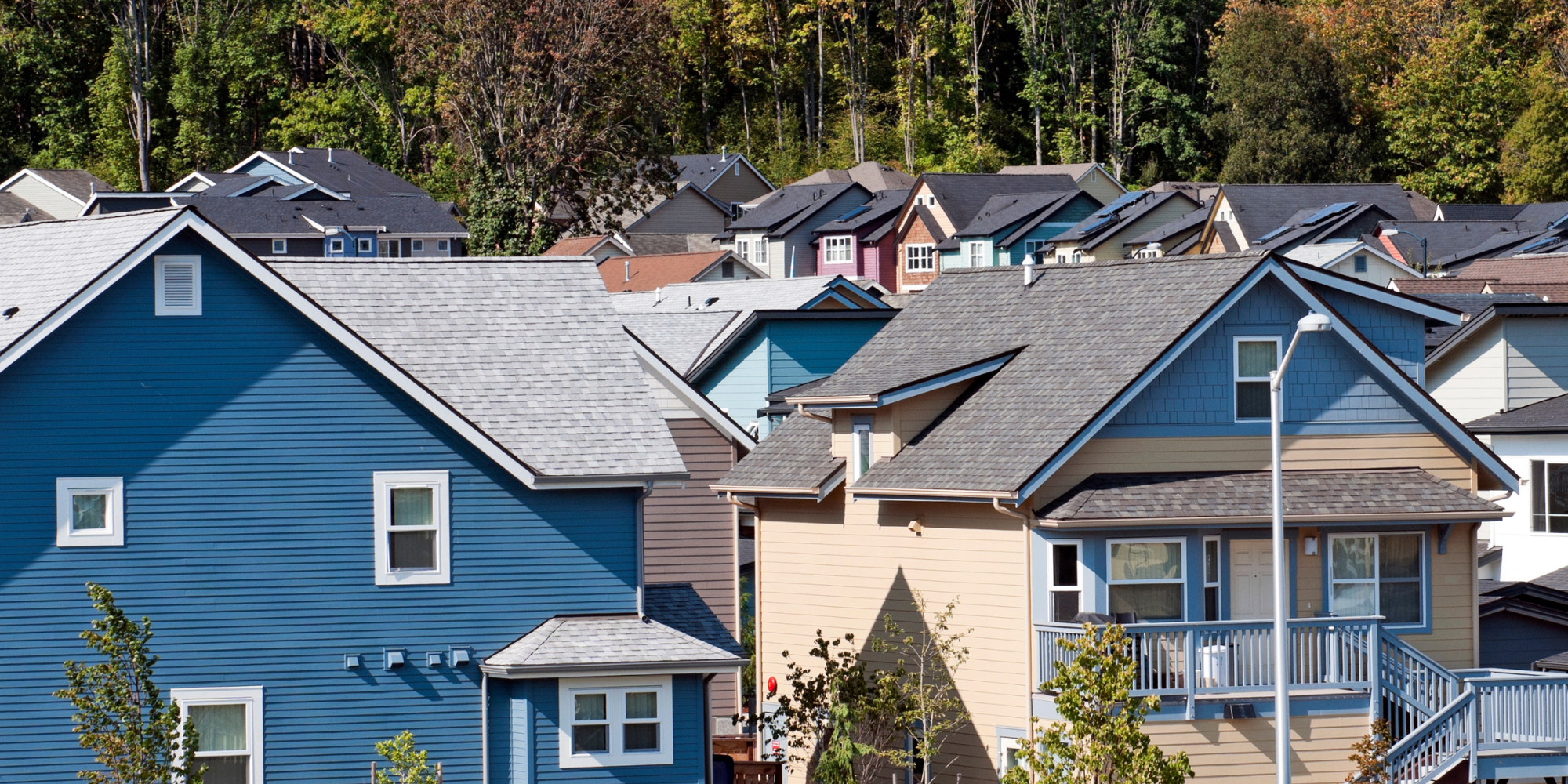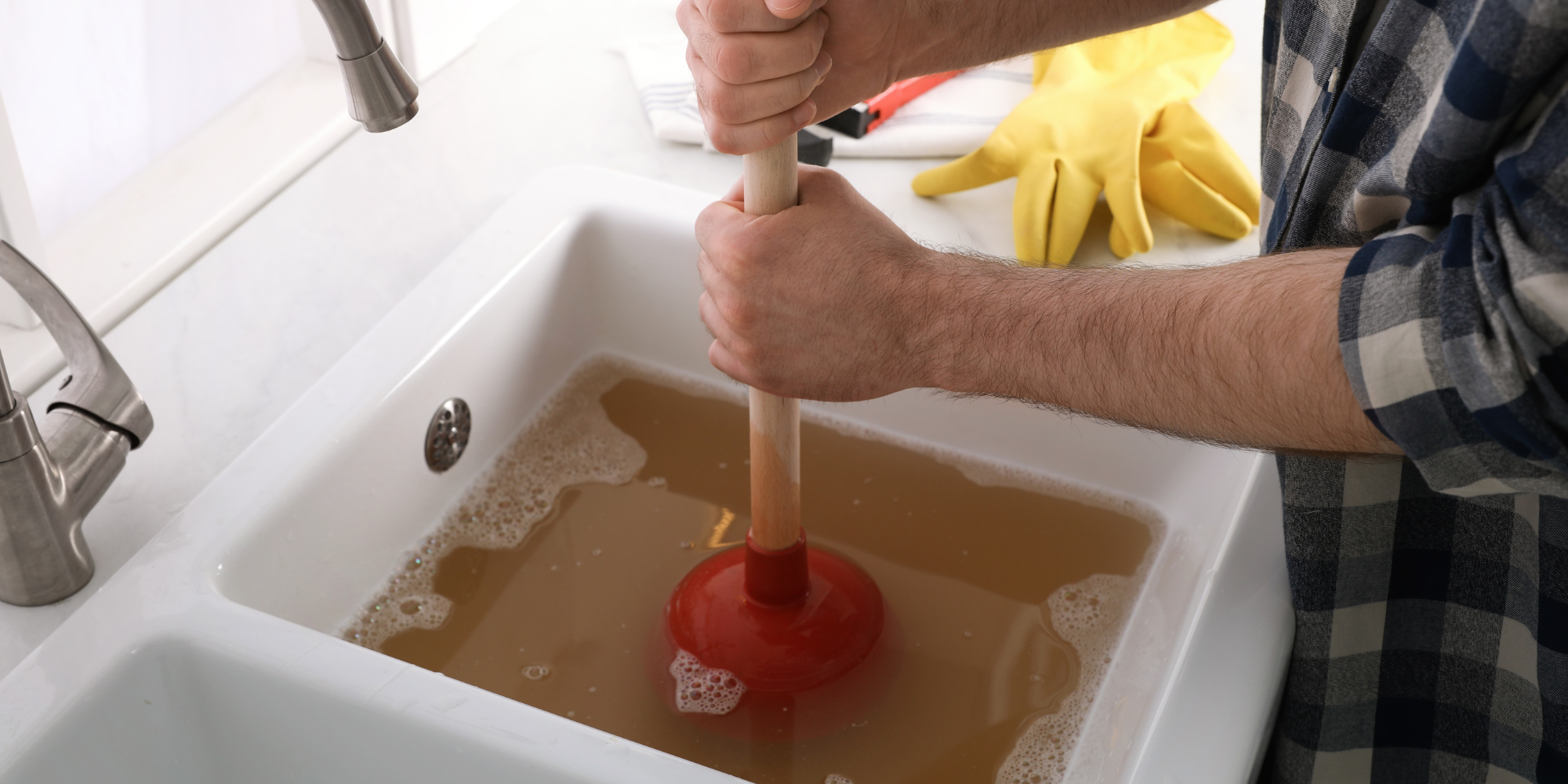
Don't Get Clogged! 5 Signs You Need a Professional Plumber in Seattle
As a Seattle homeowner, you’re no stranger to rain, coffee, and a vibrant, fast-paced lifestyle. But when your home's plumbing starts to slow down, it can quickly put a damper on your day. While a minor clog might seem like an easy DIY fix, there are times when your pipes are trying to tell you something more serious is at play. Ignoring these warning signs can lead to bigger problems and more expensive repairs down the line.
At Jim Dandy Sewer & Plumbing, we’ve seen it all. We’re here to help you identify when it’s time to put down the plunger and call in the professionals. Here are five signs that you need a professional plumber in Seattle.

Buying a Home in Seattle? Don’t Skip the Sewer Inspection
Buying a home in Seattle is exciting, whether you’re moving into a Craftsman bungalow in Ballard, a condo on Capitol Hill, or a historic property in Queen Anne. With the competitive housing market, buyers often feel pressure to move quickly. But there’s one step that should never be overlooked: the sewer inspection.
It might not be the most glamorous part of home buying, but skipping it could leave you with thousands of dollars in surprise repairs after closing.

Smart Water Heaters: Worth the Investment?
When it comes to comfort and convenience in your home, your water heater plays a bigger role than you might realize. From hot showers on chilly Seattle mornings to running the dishwasher after dinner, hot water is essential—but that doesn’t mean your system has to stay stuck in the past.
Smart water heaters are changing the game for homeowners looking to save energy, lower utility bills, and monitor their usage more closely. But are they worth the investment?

Smart Plumbing Devices That Save Money and Water
Water conservation isn’t just about protecting the environment—it’s also about protecting your wallet. With water rates rising and Seattle’s rainy climate often giving a false sense of abundance, more homeowners are turning to smart plumbing technology to save money and manage their water use more efficiently.
At Jim Dandy Sewer & Plumbing, we’ve seen firsthand how smart upgrades can make a big difference. Here’s a look at some of the most effective smart plumbing devices that can help you reduce waste, lower bills, and add value to your home.

Plumbing Challenges in Seattle’s Historic Homes
Seattle is known for its charm—and much of that charm comes from our beautiful, historic homes. From the Craftsman bungalows of Wallingford to the classic Tudors in Queen Anne, these older properties are full of character. But if you live in one, you’ve probably already discovered that plumbing in historic homes comes with unique challenges.
At Jim Dandy Sewer & Plumbing, we’ve been working on Seattle homes for over a century. Here are some of the most common plumbing issues we encounter in older properties—and how we help homeowners navigate them.

Hydro Jetting vs. Snaking: What’s the Best Option for Your Clogged Drain?
Clogged drains are one of the most common plumbing issues we see throughout the Seattle area. Whether it’s a slow-draining sink, a backed-up shower, or a gurgling toilet, these problems can interrupt your routine and point to deeper issues within your plumbing system.
At Jim Dandy Sewer & Plumbing, we typically use one of two main techniques to clear drain blockages: snaking or hydro jetting. Both are effective—but they serve different purposes. Let’s break them down so you know which might be the best solution for your home.

What Causes Sewer Line Bellies and How to Fix Them
A belly in your sewer line can be a serious problem for Seattle homeowners. But what is a belly, how does it happen, and how can you fix it? At Jim Dandy Sewer & Plumbing, we’ve seen countless instances of sagging sewer lines and the headaches they cause. Here’s what you need to know—and how we can help.

Top Plumbing Upgrades That Add Value to Your Home
Whether you're planning to sell your home or simply want to boost comfort and efficiency, upgrading your plumbing system is one of the smartest investments you can make. In Seattle’s competitive housing market, modern and efficient plumbing features don’t just improve your daily life—they can also increase your home’s resale value.

Plumbing Tips for First-Time Homeowners
Buying your first home is exciting—but it also comes with a lot of new responsibilities. One of the most important (but often overlooked) systems in your house is your plumbing. As first-time homeowners in Seattle quickly discover, small plumbing issues can turn into costly repairs if ignored.
At Jim Dandy Sewer & Plumbing, we’ve helped thousands of Seattle homeowners keep their plumbing in top shape. Here are some essential tips to help you protect your home, save money, and avoid unexpected plumbing headaches.

Common Plumbing Problems in Older Seattle Homes
Seattle’s historic homes—whether they’re charming Craftsman bungalows in Wallingford or stately Tudors in Capitol Hill—have plenty of character. But beneath those vintage features can hide an aging plumbing system that’s often due for a closer look.
At Jim Dandy Sewer & Plumbing, we’ve spent decades working on Seattle’s oldest homes. We’ve seen firsthand how outdated materials, shifting foundations, and decades of wear and tear can cause plumbing headaches.

How Tree Roots Can Damage Your Sewer System
Seattle is full of charm—lush green neighborhoods, tree-lined streets, and beautiful, mature landscaping. But beneath that natural beauty, your home’s sewer line could be under attack.
Tree roots are one of the most common (and most destructive) causes of sewer line damage in the Seattle metro area. At Jim Dandy Sewer & Plumbing, we’ve helped countless homeowners deal with the mess and expense that root intrusion can cause—and we’re here to help you understand what to watch for and how to prevent it.

How to Prevent Sewer Backups in Seattle’s Rainy Weather
Seattle’s known for its coffee, skyline, and—you guessed it—rain. While the wet weather makes our city lush and green, it also creates ideal conditions for sewer backups, especially during heavy downpours.
At Jim Dandy Sewer & Plumbing, we get a spike in emergency calls every rainy season from homeowners dealing with messy, expensive backups. The good news? With a little preparation and proactive maintenance, you can significantly reduce your risk.

DIY or Call a Pro? When to Tackle Plumbing Repairs Yourself
In the age of YouTube tutorials and weekend warrior projects, it's tempting to grab a wrench and fix your plumbing issues on your own. And hey—we get it! Some plumbing tasks are simple enough for a confident homeowner to handle.
But not all plumbing problems are created equal. In fact, some DIY repairs can end up costing you more in damage, time, and stress if things go sideways.
At Jim Dandy Sewer & Plumbing, we’ve seen both the success stories and the “I wish I hadn’t touched it” disasters. Here’s a breakdown to help you decide when to tackle a plumbing issue yourself—and when to pick up the phone and call a pro.

Drain Cleaning Myths: What Actually Works?
We get it—no one wants to deal with a slow or clogged drain. When your sink or shower backs up, it’s tempting to reach for a quick fix. But not all drain cleaning solutions are created equal. In fact, some of the most common methods can actually do more harm than good.
At Jim Dandy Sewer & Plumbing, we’ve seen every kind of clog you can imagine—from grease buildup in Ballard kitchens to tree root invasions in West Seattle sewers. And we’ve heard just about every myth out there, too.

Top Plumbing Trends in 2025: Smart Fixtures, Water Recycling, and More
The world of plumbing is evolving fast—and 2025 is shaping up to be one of the most exciting years yet. From smart home integration to sustainable water solutions, homeowners across Seattle and beyond are embracing the latest innovations to make their plumbing systems more efficient, eco-friendly, and even tech-savvy.
At Jim Dandy Sewer & Plumbing, we’re always keeping an eye on what’s new so we can bring the best solutions to our customers. Whether you’re planning a remodel, upgrading your fixtures, or just want to stay informed, here are the top plumbing trends we’re seeing in 2025.

Warning Signs You Need Sewer Line Repair or Replacement
Your sewer line is one of the most important—and least visible—parts of your home’s plumbing system. It quietly carries wastewater away from your house and into the city’s sewer system. But when something goes wrong, the effects can be loud, messy, and expensive.
At Jim Dandy Sewer & Plumbing, we’ve helped thousands of Seattle homeowners deal with sewer line issues, and we know the early warning signs to watch for. Catching problems early can make the difference between a quick repair and a major replacement.

Regular Sewer Line Inspections: Are They Worth It?
When was the last time you thought about your sewer line? If you’re like most Seattle homeowners, the answer is probably never—until there’s a problem. Sewer lines often go unnoticed because they’re hidden underground. However, ignoring them can lead to costly repairs, messy backups, and major headaches. That’s why regular sewer line inspections are one of the smartest investments you can make in protecting your home’s plumbing system.
At Jim Dandy Sewer & Plumbing, we’ve seen firsthand how routine inspections can save our customers time, money, and stress. In this article, we’ll explain why regular sewer line inspections are worth it, how they work, and when you should schedule one.

Understanding Plumbing Codes: What Homeowners Should Know
When it comes to home plumbing, plumbing codes play a crucial role in ensuring the safety, efficiency, and functionality of your plumbing system. While these codes may seem complex at first, they are in place to protect both homeowners and the environment. Whether you're planning renovations, repairs, or new construction, understanding plumbing codes is essential.

Spring Plumbing Checklist: Essential Tasks for Your Home's Pipes
As the weather warms up and you begin your spring cleaning, don’t forget about your plumbing system! The change of seasons is the perfect time to give your pipes, drains, and fixtures the attention they deserve. Proper spring plumbing maintenance can help prevent costly repairs, improve your system’s efficiency, and ensure that your home stays comfortable all season long. Here’s a spring plumbing checklist to keep your pipes in top shape.

Understanding Graywater Systems: What They Are, How They Function, and Their Benefits and Drawbacks
As sustainability becomes an increasing priority in modern homes, many homeowners are turning to graywater systems as a way to conserve water and reduce their environmental footprint. But what exactly is a graywater system, and how can it benefit your home? In this blog post, we’ll explore what graywater is, how graywater systems function, and the benefits and drawbacks of installing one in your home.
